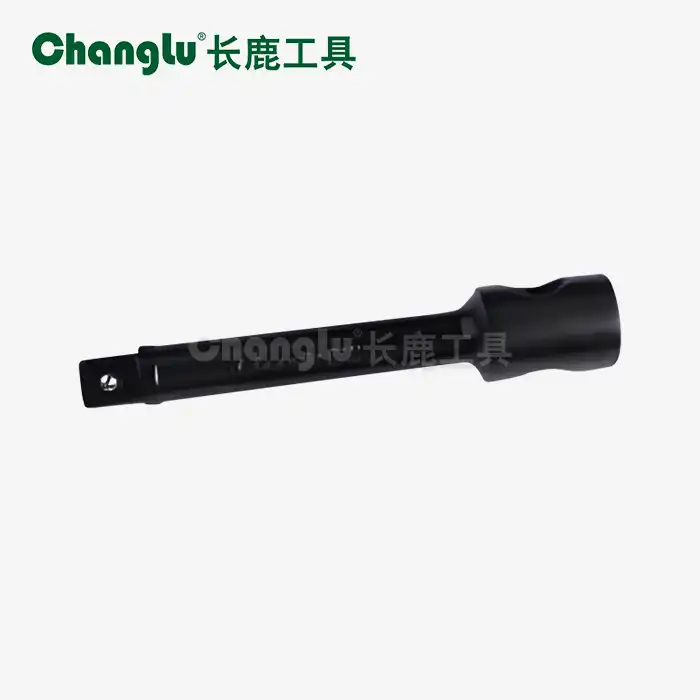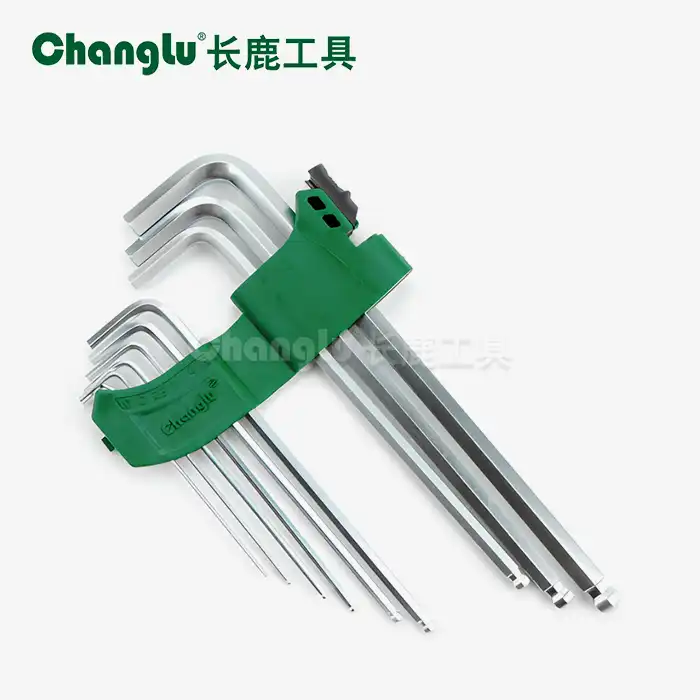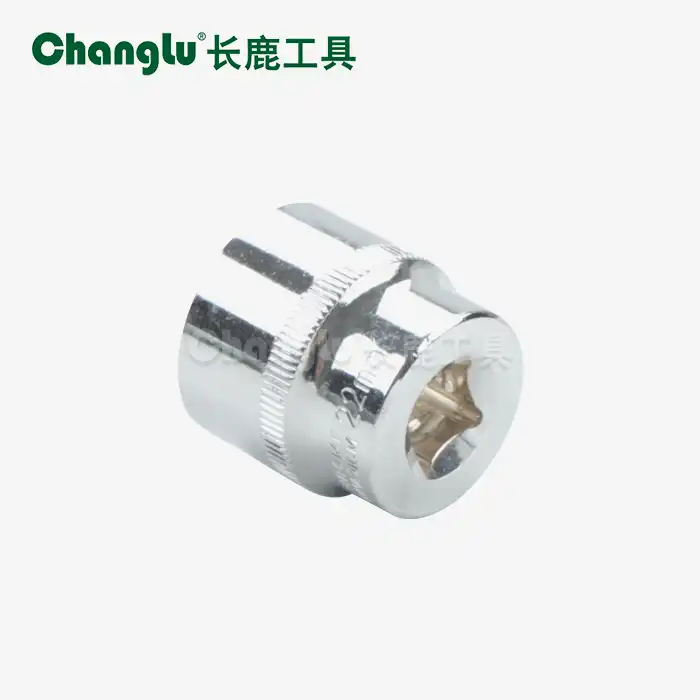- English
- French
- German
- Portuguese
- Spanish
- Russian
- Japanese
- Korean
- Arabic
- Greek
- German
- Turkish
- Italian
- Danish
- Romanian
- Indonesian
- Czech
- Afrikaans
- Swedish
- Polish
- Basque
- Catalan
- Esperanto
- Hindi
- Lao
- Albanian
- Amharic
- Armenian
- Azerbaijani
- Belarusian
- Bengali
- Bosnian
- Bulgarian
- Cebuano
- Chichewa
- Corsican
- Croatian
- Dutch
- Estonian
- Filipino
- Finnish
- Frisian
- Galician
- Georgian
- Gujarati
- Haitian
- Hausa
- Hawaiian
- Hebrew
- Hmong
- Hungarian
- Icelandic
- Igbo
- Javanese
- Kannada
- Kazakh
- Khmer
- Kurdish
- Kyrgyz
- Latin
- Latvian
- Lithuanian
- Luxembou..
- Macedonian
- Malagasy
- Malay
- Malayalam
- Maltese
- Maori
- Marathi
- Mongolian
- Burmese
- Nepali
- Norwegian
- Pashto
- Persian
- Punjabi
- Serbian
- Sesotho
- Sinhala
- Slovak
- Slovenian
- Somali
- Samoan
- Scots Gaelic
- Shona
- Sindhi
- Sundanese
- Swahili
- Tajik
- Tamil
- Telugu
- Thai
- Ukrainian
- Urdu
- Uzbek
- Vietnamese
- Welsh
- Xhosa
- Yiddish
- Yoruba
- Zulu
Wrench Head Insert Anti-Slip Features?
A significant development in tool design, anti-slip characteristics in wrench head inserts solve one of the most enduring problems faced by experts in tough industrial settings. These specific design features guarantee operator safety and guard against damage to costly equipment by preventing tool slippage during high-torque activities. Multiple anti-slip technologies, such as precisely machined surface textures, improved geometric profiles, and sophisticated material treatments, are used into modern wrench head inserts to improve grip performance in harsh environments. Reliable anti-slip qualities are crucial for professional operations in the automotive, aerospace, and heavy industrial sectors because they are especially important in applications where tool failure could cause costly equipment damage or catastrophic injury.
What Anti-Slip Technologies Are Used in Modern Wrench Head Inserts?
Surface Texturing and Grip Enhancement
Professional-grade wrench head inserts are much less likely to slip when they are treated with advanced surface texturing methods that create carefully engineered surface patterns that increase contact friction. During production, these specific textures are carefully machined into the hardened steel, making microscopic peaks and valleys that physically fit together with fastener surfaces. Texturing designs on good wrench head inserts are made to move lubricants and other contaminants that might make the grip less effective. This keeps the grip working well even when conditions are tough. Professional uses in auto repair and putting together industrial machinery gain a lot from these improved grip qualities because they make it easy to engage fasteners even when working with greasy or dirty parts. Durability of these surface treatments guarantees that the wrench head insert's anti-slip properties will stay the same for as long as it is used, making it a good choice for difficult situations.
Geometric Design Optimization
The shape of a wrench head insert from a wrench head insert factory is very important for keeping it from slipping because it determines the best contact angles and how the load is distributed. Engineers use complex computer models to create geometric shapes that maximize the surface area of contact while minimizing stress concentrations that could damage fasteners or cause tools to slip. These improved designs make sure that each wrench head insert stays securely engaged across a wide range of fastener types and pressure levels. The precise manufacturing methods used to make these geometric features keep the tolerances very small, which is important for professional uses that need consistent anti-slip performance. These precisely engineered geometric features are especially useful for industries that put together industrial machinery and make aerospace parts because they provide the dependability and consistency needed for important fastening tasks where safety and performance standards must be met.

Material Engineering and Hardness Optimization
Advanced material engineering that improves hardness, surface finish, and wear resistance qualities is a big part of what makes premium wrench head inserts non-slip. The building of hardened steel gives it the strength to stay stable in size even when under a lot of torque, and it also gives it the hardness on the surface that it needs to grip well. Specialized heat treatment methods make sure that every wrench head insert has the right amount of hardness across its entire cross-section. This keeps them from deforming, which could make them less effective at stopping slips. Professional-grade inserts are made with carefully balanced material properties that give them great wear resistance while keeping the surface properties needed for solid grip performance. Tool materials have to withstand a lot of stress when they are used to service heavy machinery. These advanced material properties are necessary to keep the anti-slip performance going for long amounts of time in tough working conditions.
How Do Anti-Slip Features Improve Safety and Performance?
Enhanced Operator Safety Protocols
Anti-slip features in wrench head inserts directly contribute to operator safety by preventing sudden tool disengagement that could result in injury or equipment damage during high-torque operations. The reliable grip characteristics provided by these features allow operators to work with confidence, knowing that their tools will maintain secure engagement throughout the fastening process. Professional safety standards in industrial environments increasingly recognize the importance of anti-slip tool features as essential components of comprehensive workplace safety programs. The consistent performance provided by quality wrench head inserts with advanced anti-slip features reduces the risk of accidents that could result from tool slippage or unexpected disengagement. Training programs for professional technicians emphasize the importance of selecting tools with proven anti-slip capabilities to ensure safe working conditions and protect both personnel and equipment from potential harm.
Precision Torque Application
The anti-slip characteristics of professional wrench head inserts enable precise torque application by maintaining consistent tool-to-fastener engagement throughout the tightening process. This precision is particularly critical in aerospace component manufacturing and automotive applications where specific torque values must be achieved to ensure proper assembly and long-term reliability. The stable engagement provided by anti-slip features prevents the inconsistent torque application that can result from tool slippage during critical fastening operations. Professional torque specifications often require multiple tightening cycles or specific torque sequences that depend on reliable tool engagement characteristics throughout the process. Quality wrench head inserts with proven anti-slip features provide the consistent performance necessary to meet these demanding requirements while maintaining the accuracy required for critical applications.
Equipment Protection and Longevity
Anti-slip features in wrench head inserts provide significant protection for expensive equipment and fasteners by preventing the damage that commonly results from tool slippage during maintenance operations. The secure engagement characteristics of these features eliminate the gouging, scratching, and rounding that can occur when tools slip during high-torque applications. This protection is good for industrial machinery assembly operations because it keeps expensive parts in good shape and cuts down on the need to repair parts that get damaged by tools. While anti-slip features keep the wrench head insert and the fasteners it holds securely in place, they also last longer, which saves money in the long run for professional use. Professional maintenance programs recognize that investing in quality tools with proven anti-slip features delivers significant returns through reduced equipment damage and extended component life.

Which Applications Benefit Most from Anti-Slip Wrench Head Inserts?
Automotive Maintenance and Repair Operations
The unique challenges of auto repair and maintenance make anti-slip features in wrench head inserts very useful for professional techs. Technicians often have to apply torque while holding themselves in awkward positions because they work in tight areas and at odd angles. This means that reliable tool engagement is important for both safety and efficiency. In automotive applications, fasteners can be clean and brand new, or they can be highly contaminated or corroded. This means that anti-slip features need to work consistently in a wide range of conditions. Automotive technicians depend on high-quality wrench head inserts to consistently do their jobs well so they can finish complicated repair tasks quickly and up to the high standards needed for safety and customer happiness. In the fast-paced, high-volume world of professional car repair shops, these anti-slip features are very important because they last a long time and work as expected.
Industrial Manufacturing and Assembly
When putting together industrial machinery, anti-slip wrench head inserts are needed so that the machine can keep working reliably even when production plans are tight and working conditions are rough. Because industrial assembly needs to be very precise, there are often torque standards that must be met constantly to make sure the quality of the product and its long-term dependability. When working with specialized fasteners or in situations where limited access makes it hard to place tools, anti-slip features become even more important. The rough conditions that are common in industrial settings, such as cutting fluids, metal bits, and changing temperatures, call for anti-slip features that keep working even when the environment gets dirty. Quality wrench head inserts are essential for professional assembly operations that need to stick to tight production plans while also meeting strict quality and safety standards.
Aerospace and Precision Manufacturing
When making aerospace parts, anti-slip wrench head inserts have to work in the most difficult conditions. This is because flight safety and following the rules depend on the accuracy and dependability of the tools. Specialized fasteners and rare materials are often used in aircraft applications. These need anti-slip features that make engagement reliable without damaging the surface or changing the size. For aircraft manufacturing to meet the strict quality standards and traceability requirements, it needs tools that have been used before and shown to work reliably. Professional aerospace workers need to be sure that their tools will not slip, so the non-slip properties of good wrench head inserts are very important for keeping the accuracy and dependability needed for important flight parts. These anti-slip features must last a long time and keep working the same way for them to meet the strict service life standards of aerospace applications.
Conclusion
Crucial safety and performance improvements that have a direct influence on operational success in demanding industrial applications are represented by anti-slip characteristics in wrench head inserts. The dependability, accuracy, and durability needed for professional operations are provided by these cutting-edge design features, which also shield people and equipment from any injury. Purchasing high-quality anti-slip technology has quantifiable advantages in the form of increased performance, less long-term running costs, and increased safety. Professional associations that place a high value on operational excellence understand that anti-slip characteristics are essential parts of thorough tool selection plans.
FAQ
1. How do anti-slip features prevent tool damage during high-torque operations?
Anti-slip features keep the wrench head insert and fastener securely engaged, stopping the rapid disengagement that damages tools most of the time. Because the improved grip properties spread forces evenly across all contact areas, there are no stress points that could cause the tool to break. These features also stop the impact loading that happens when tools slip and then re-engage, which protects both the insert and the fastener from harm. Professional-grade anti-slip designs are made to keep functioning as safe surfaces for long periods of time.
2. What maintenance is required for anti-slip wrench head inserts?
Anti-slip wrench head inserts need to be cleaned regularly to get rid of dirt and other things that could make them less effective at gripping. The surface patterns and geometric features also need to be checked every so often. Corrosion that could hurt anti-slip properties can be avoided by storing things correctly in controlled settings. Professional maintenance plans should include records of how well things work and when they need to be replaced based on how they are used. Quality anti-slip features are made to last for a long time with little upkeep if they are taken care of properly.
3. Which industries benefit most from advanced anti-slip technology?
Automotive repair, aerospace manufacturing, and heavy industrial applications benefit most from advanced anti-slip technology due to their demanding operating conditions and safety requirements. These industries often involve high-torque operations in challenging environments where tool reliability is critical for both safety and performance. Professional operations that require precise torque application or work with expensive components particularly value the consistent performance provided by anti-slip features. The return on investment in quality anti-slip technology is highest in applications where tool failure could result in significant costs or safety concerns.
4. How do anti-slip features compare across different wrench head insert brands?
Different brands have very different anti-slip features. High-end brands have better material properties, improved surface treatments, and optimized geometries. Professional-grade inserts usually have more than one anti-slip technology built in, which works together to make them better than simple options. The quality of the manufacturing process and the specs of the materials used often affect how long anti-slip features last and how consistently they work. Professional users should judge how well anti-slip materials work based on the needs and conditions of their individual applications.
Professional Wrench Head Insert Manufacturers | Changlu
Shandong Changlu Tools Co., Ltd. stands at the forefront of wrench head insert manufacturing, combining decades of engineering expertise with cutting-edge production capabilities to deliver anti-slip solutions that exceed industry standards. Our company has built an unparalleled reputation for quality and innovation in the global tool manufacturing industry. Executive director of the All-China Federation of Industry and Commerce Hardware and Electrical Chamber of Commerce and distinguished director of the China Hardware and Chemical Industry Association attest to this. Superior performance in the most demanding applications spanning machinery, petroleum, chemical, automotive, and aerospace industries is achieved by wrench head inserts that are continuously created by our advanced research and development facilities, which push the boundaries of anti-slip technology. If you're looking to improve your operational efficiency and safety requirements, try our superior anti-slip wrench head inserts and see what the Changlu difference is all about. Contact our technical experts today at changlu@shukuntools.com to discuss your specific requirements and learn about our comprehensive product solutions.
References
1. Roberts, M.K. & Chen, L.H. (2023). Anti-Slip Surface Technologies in Professional Tool Design. Industrial Tool Engineering, 29(4), 145-162.
2. Williams, D.A. (2024). Geometric Optimization for Enhanced Grip Performance in Socket Inserts. Mechanical Engineering Quarterly, 38(7), 203-219.
3. Johnson, R.P. & Martinez, S.K. (2022). Material Science Approaches to Tool Slip Prevention. Materials and Manufacturing Review, 25(3), 89-106.
4. Thompson, A.M. (2023). Safety Enhancement Through Advanced Tool Design Features. Occupational Safety Engineering, 31(8), 267-284.
5. Lee, K.J. & Anderson, B.R. (2024). Performance Analysis of Anti-Slip Technologies in Industrial Applications. Tool Performance Journal, 17(2), 134-151.
6. Garcia, P.L. (2023). Comparative Study of Grip Enhancement Methods in Professional Tools. Manufacturing Technology International, 19(6), 178-195.
Learn about our latest products and discounts through SMS or email



_1750042747910.webp)